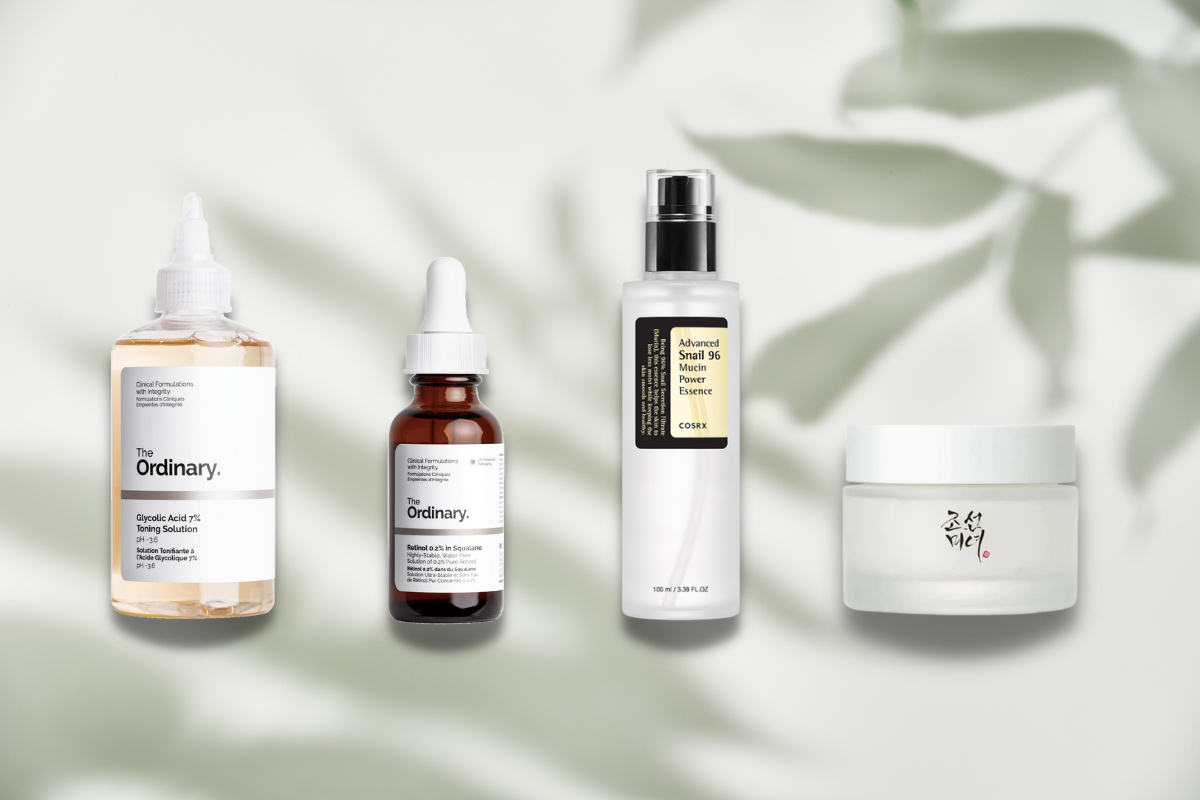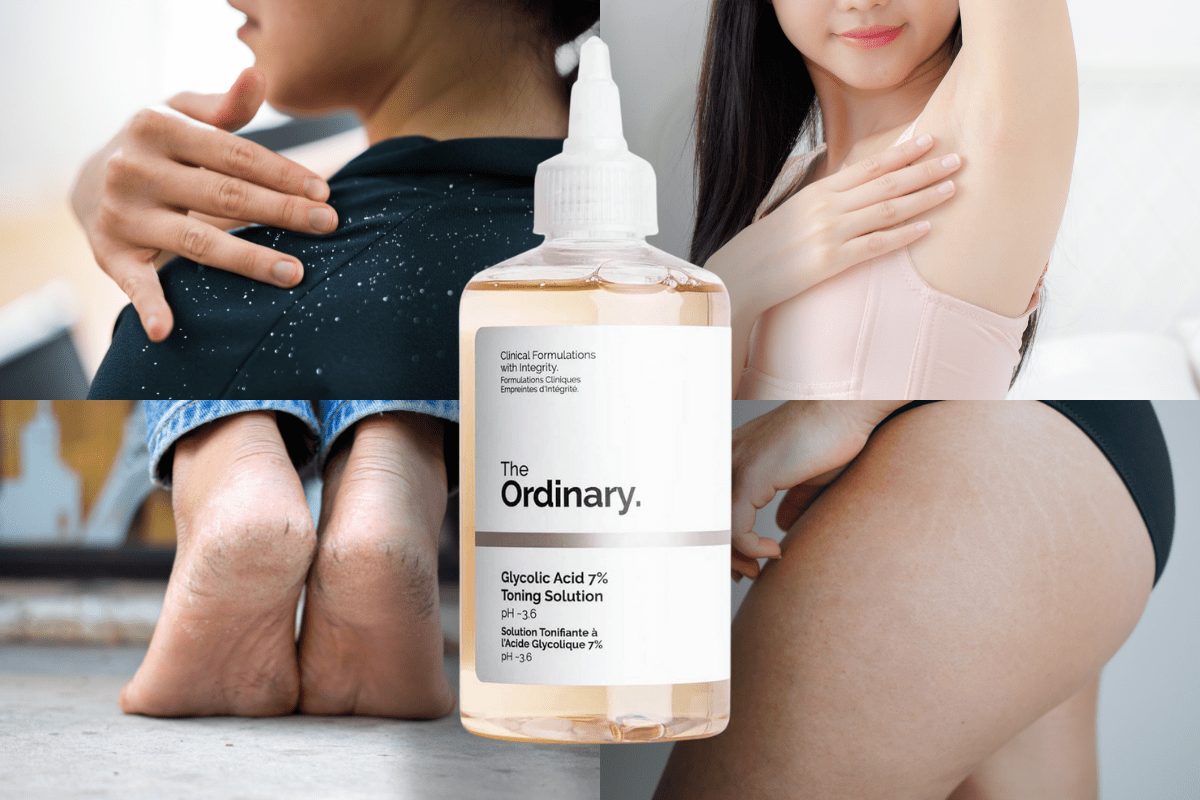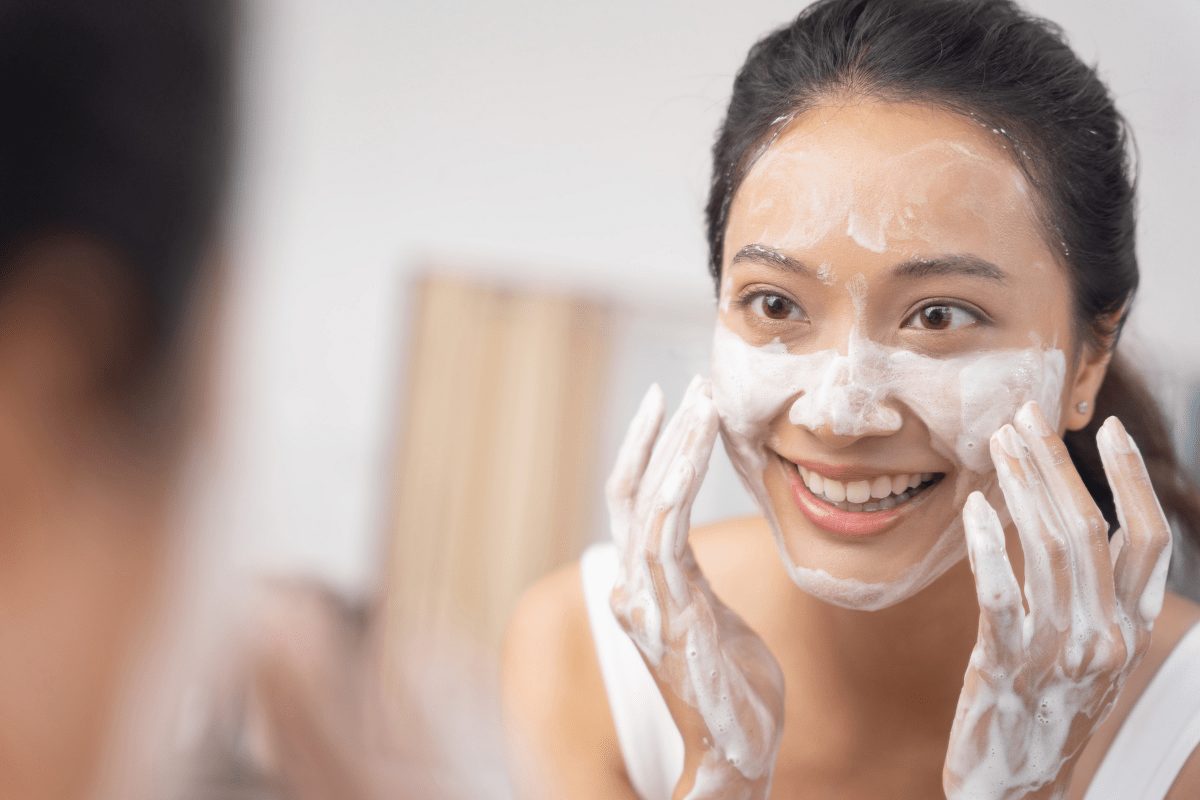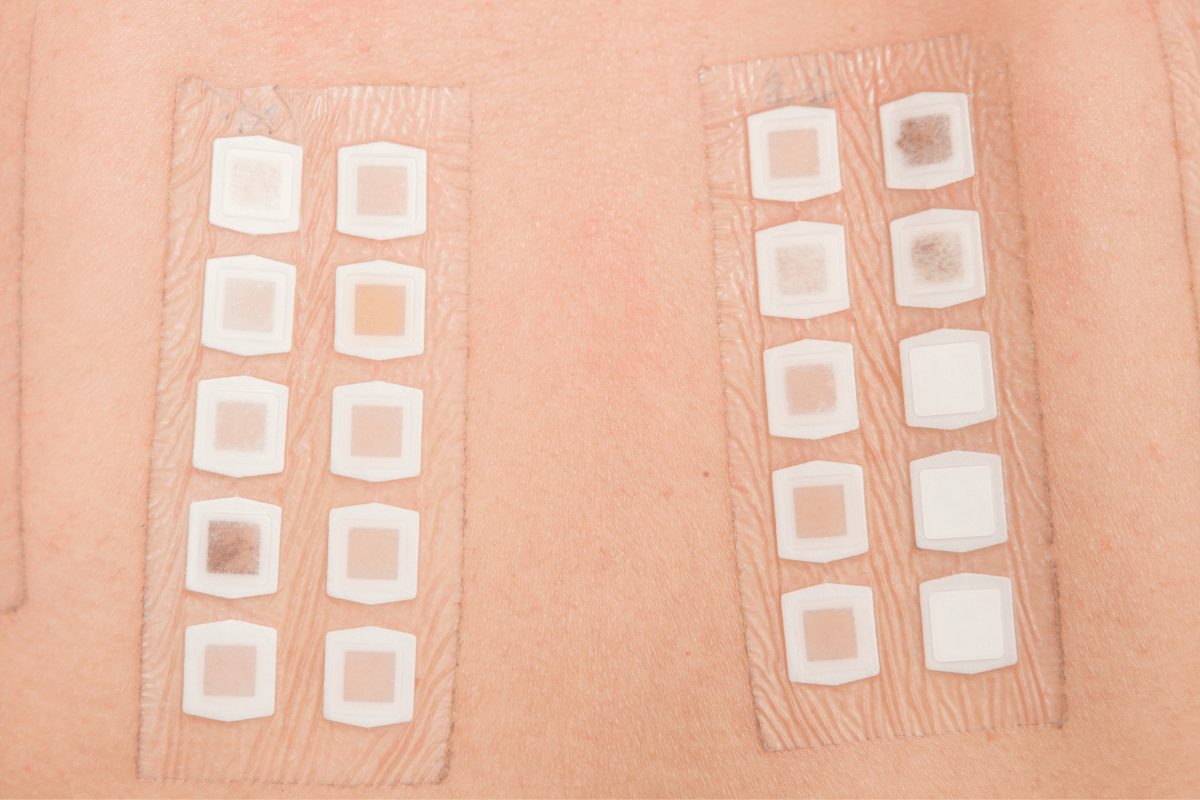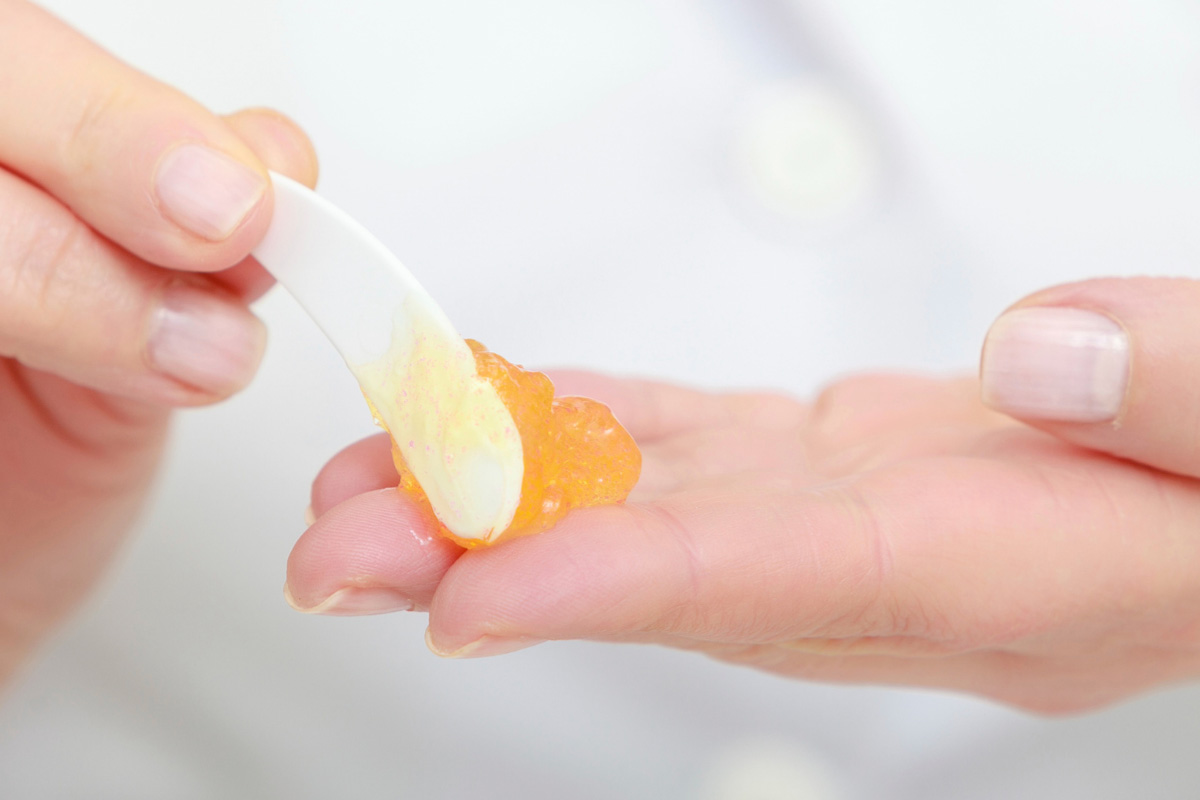No products in the cart.
- February 7, 2022
- How To
- By Aqalili Azizan
Skincare School: How to Apply Face Serums
In this guide, we break down the type of serums in the market and how to apply face serum. Learn more about six face serum usage before incorporating any of them into your skincare routine.
Table of Contents

I’m sure you’ve seen videos of people applying serum to their faces with droppers. They touch the droppers to their face, and squeeze, letting the serum flow down before they pat it in.
“Wow, it looks so cool and professional,” you think.
Well, I’m here to tell you to stop touching your face with droppers when you apply serum — it’s a bad idea.
If you don’t want to put bacteria on your face, stop dragging the products on your whole face and instead read this guide.
We will break down how many types of serum are out there and how to apply face serum correctly.
The method may look less Instagram-worthy, but it will save your skin from getting breakouts, and your skin will thank you.
What is a Serum?
Serums are typically the third step of a skincare routine – after cleansing and toning.
This step plays a vital role in delivering hyper-concentrated active ingredients to address specific skin concerns.
Serums themselves can actually go by many names such as ampoules, treatments, or topicals (and more!). Whatever they’re called, they are all potent liquids infused with active ingredients designed to address specific skin concerns. They are typically made of smaller molecules that penetrate the skin’s surface to deliver benefits to the deeper layers of the skin.
Due to their higher concentration, it typically takes a shorter amount of time to see visible results than the same active ingredients in products such as toners or moisturisers.
There are many different serums on the market that execute many other functions — from hydration to skin brightening. Let’s get to know various serums available for every skin type to help address your skin’s concerns.
Six Type of Serums You Should Know
Serums are designed to address specific skin concerns through their active ingredients, and so there are many different types. While not an exhaustive list, here are six types of the most common types of serums:
- Hydrating Serums
These serums provide an extra boost of moisture for your skin. Hyaluronic acid (HA) is a very common ingredient in hydrating serums. HA acts as a humectant that helps absorb water from the environment and bind it to your skin, infusing hydration and making skin appear plumper.
If you need more hydrating features, look for argan oil or glycerine in the serum.
Hydrating serums are generally ideal for dry skin and sensitive skin types.
- Brightening Serums
If you have dull skin and are looking for a way to brighten and give it a glow, brightening serums are for you. These serums are designed to target hyperpigmentation and reduce discolouration, evening out skin tone and giving you that K-pop star radiance.
Common active ingredients include ascorbic acid (aka vitamin C), niacinamide (vitamin B3), glycolic acid, kojic acid, ferulic acid, mushroom extract, liquorice root and lactic acid.
Brightening serums are generally ideal for skin problems such as dullness, dark spots and hyperpigmentation. They are also a great solution for ageing skin that’s losing its natural radiance.
- Anti-Ageing Serums
You can’t avoid going through the ageing process, but you can minimise fine lines and wrinkles with a suitable anti-ageing serum. Retinol (vitamin A) works as a significant ingredient in the serum, as it repairs and improves your skin while you sleep. Other great ingredients for anti-ageing include peptides, bakuchiol, vitamin C, grape seed extract and hydroxy acids.
Anti-ageing serums are generally ideal for skin types with signs of ageing like fine lines, wrinkles, and loss of firmness.
- Antioxidant Serums
Antioxidant ingredients in the serum neutralise free radicals and keep them from damage that causes ageing. Free radicals are unstable molecular fragments commonly generated by air pollution and UV rays that attract cells through oxidation. This leads to discolouration, uneven skin tone and loss of skin elasticity. The best ingredients to combat this are vitamin C, niacinamide, retinol, vitamin E, ferulic acid, coenzyme Q10 and green tea.
Antioxidant serums are generally ideal for all skin types, but you need to be careful if you have sensitive or acne-prone skin.
- Exfoliating Serums
Exfoliating is the process of removing the outermost layer of dead skin cells. This encourages the skin to produce new skin cells – resulting in a brightening and glowing effect.
Exfoliating serums aid this process through ingredients that chemically remove dead skin cells. There is no need to use rough scrubs, sponges or brushes that are used in physical exfoliation.
Chemical exfoliation serums contain ingredients from the Hydroxy acids group, such as Alpha Hydroxy acids (AHAs), Beta Hydroxy acids (BHAs), and Poly Hydroxy acids (PHAs).
The differences?
AHAs are very effective at removing the outermost layer of skin cells – perfect for brightening skin – but cannot penetrate deep into pores. PHAs function like AHAs, except they are gentler on the skin due to their larger molecule base. BHAs, on the other hand, are oil-soluble and thus can penetrate deep into pores and exfoliate deeply – which is excellent for combating blackheads or whiteheads.
Note that exfoliating serums can be tricky to use, and sensitive skin types can often have adverse reactions. These are acids after all that you are putting on your skin. It is encouraged to always patch tests before going all in.
Also, it is vital to note that all exfoliating serums can cause increased sensitivity to UV rays and sunlight up to 24 hours after they are applied. This means that your skin will be more prone to sun damage the next day. Always use sunscreen when using chemical exfoliators!
- Acne Serums
Since serums can penetrate deeper into the skin, acne serums can prevent breakouts by exfoliating and removing impurities which are lodged deep inside pores. Acne serums can also stimulate the production of collagen and elastins to help skin recover from acne quicker. Ingredients such as retinol. salicylic acid and glycolic acid are commonly found in acne serums.
Acne serums are generally ideal for oily skin or combination skin that is acne-prone.
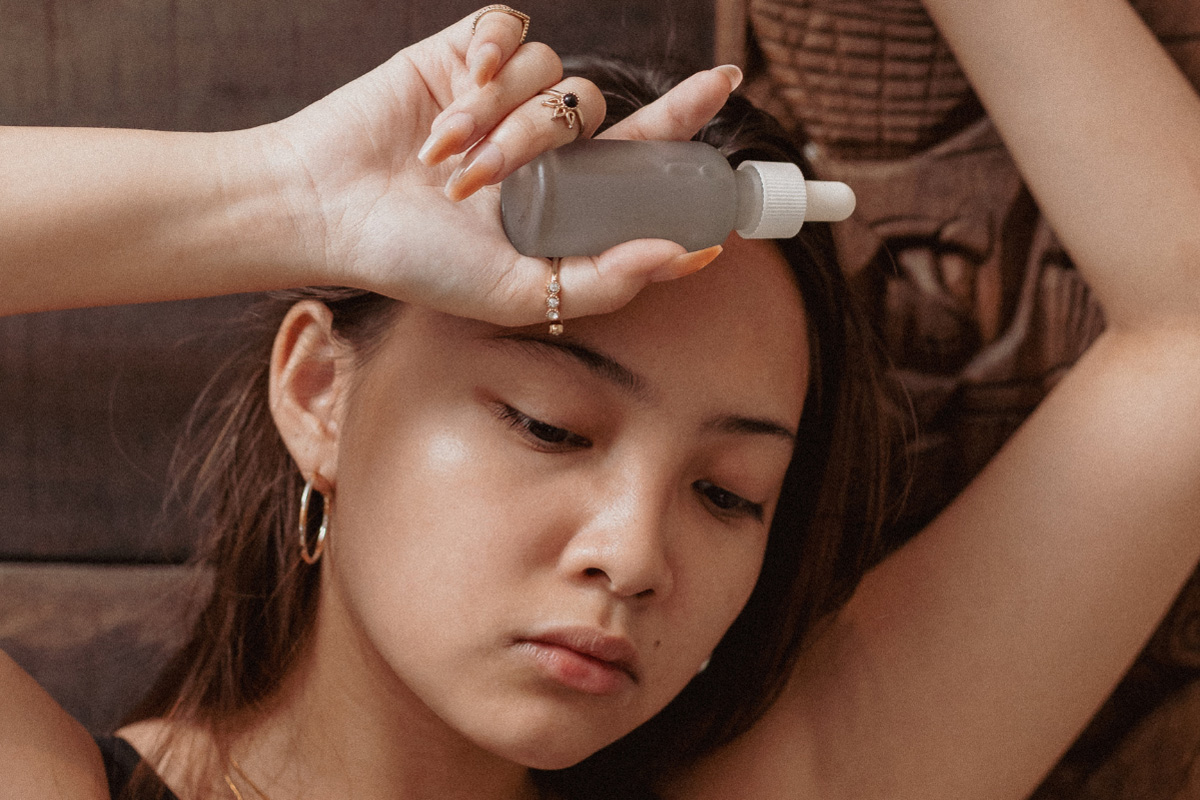
How To Apply Serum
Since cleansing, toning and moisturising are part of your skincare routine gang, it’s time to grab your hands on the best serum for your skin type and learn how to use face serum in the correct order.
Step 1: Cleanse your face
Before putting anything onto your face, make sure you prep clean skin beforehand. Cleanse your skin with your favourite face cleanser or exfoliate, if needed. This will help the serum to absorb better on your skin.
Step 2: Apply toner
When applying skincare, the rule of thumb is to apply the lightest first to the heaviest last. There are a few ways to apply your toner, either by tapping with your palm, using cotton pads or a DIY sheet mask. Don’t forget your neck!
Step 3: Apply your face serum
Always be gentle when applying the product to your skin because it’s precious. If a dropper is provided, two to four drops should be enough for your whole face. There are two methods that you can try to apply the serum.
- Use your palm: Apply sufficient drops or pumps to your palm and gently rub your palms to warm and activate the serum. Then, lightly press the palms onto your skin and pat it outwards and upwards motions until your face and neck receive all the goodies.
- Use your fingertips: Besides your palm, you can also use fingertips to gently apply it to your face and neck with a light tap, pat and smooth the serum out in upward motion.
@benneiley how to apply serums ? have questions about how to apply other products?? lmk in the comments! #fyp #learnontiktok #myskinandme ♬ original sound – Ben Neiley
Step 4: Seal the deal with moisturiser
Do you put the serum on before or after moisturiser? Well, it’s before moisturiser. Your last stop will be here if you’re doing this at night. But, if it’s in the morning, always apply sunscreen, especially if you use Vitamin C serums!
The moisturiser is different from serum because it has a thicker texture that helps seal your serum and lock in all those goodies.
Can I Mix Two Serums?
Yes, but it’s a bit tricky here.
If you want to use more than one serum to address different problems, you should choose to layer them on. Use one after the other. Pat on the first serum, wait for it to absorb, then pat on the second.
It is not encouraged to mix two serums together and apply them all at once. This is because the ingredients in the serums could react with one another, and be damaging to your skin.
Also keep in mind that some products should NEVER BE USED AT THE SAME TIME, whether you layer them or mix them. This is because they react adversely with each other and can cause damage to your skin. Two examples:
- Vitamin C and Retinol
- AHAs or BHAs and Vitamin A

Serums are potent and mixing two potent ingredients is a reckless move. Instead, you can rotate your serum usage on a week by week basis.
When you want to use more than two serums at one time, make sure to check the compatibility of the ingredients first. Then, you can layer it, where you apply products with the lightest texture first and end it with the heaviest texture.
As a whole, you need to know about your skin before feeding it with any products. How about getting to know your skin type through myeppo skin quiz here. After five minutes with 14 questions, you can begin to explore a skincare routine that suits your skin type with ease.


